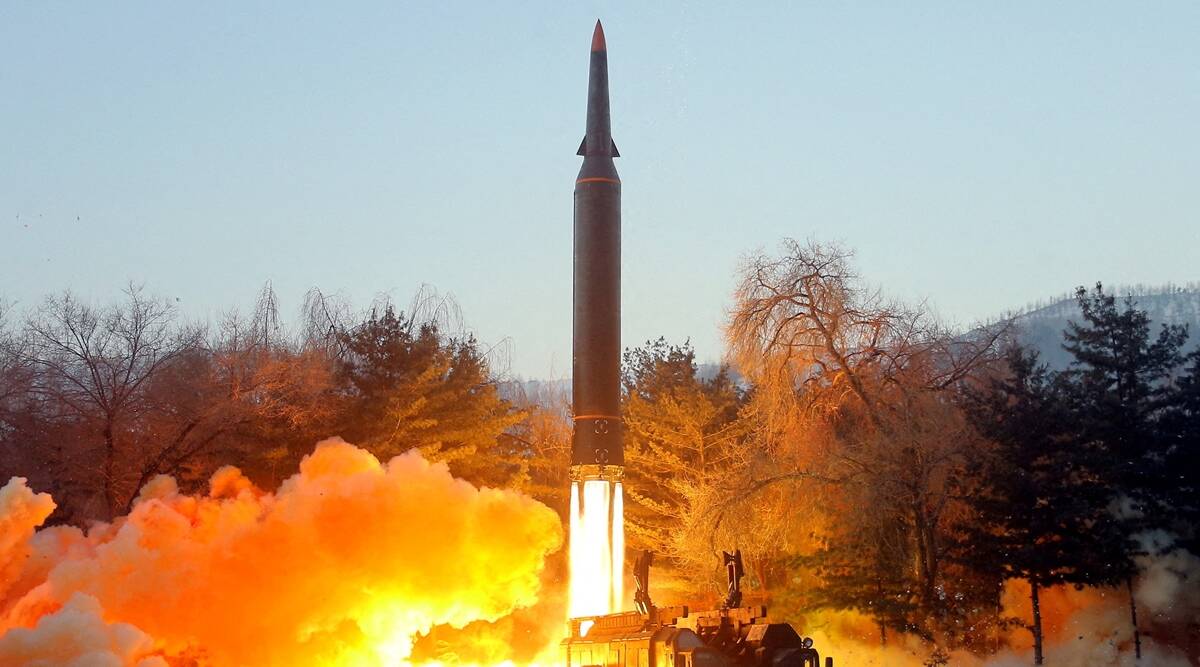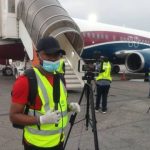The US, South Korea and Japan started joint naval drills off the Korean Peninsula in a move certain to anger North Korea, which fired its first missile over Japan in five years when similar exercises were held in 2022.
The two-day anti-submarine and rescue drills started Monday in international waters off South Korea’s Jeju Island and included vessels from the USS Nimitz aircraft carrier group, South Korea’s Defense Ministry said in a statement.
“This anti-submarine exercise is prepared to improve the response capabilities of the ROK, US and Japan against North Korea’s growing underwater threats and submarine-launched ballistic missiles,” it said, referring to South Korea by its formal name.
Kim Jong Un’s regime has pledged an unprecedented response to the drills and rolled out new weapons designed to deliver nuclear strikes on the US and the two allies, which host the bulk of American troops in the region. That response also included a new undersea drone it tested last month that it said could deliver a “radioactive tsunami” — a claim doubted by South Korea’s military.
North Korea has warned the US and its “puppet state” allies were “bringing themselves closer to a grave danger” with the drills. It said its nuclear arsenal was ready to be used at any time to deter the “war maniacs’ reckless moves.”
“They should think twice to truly avoid unlucky catastrophe and should be mindful that they will have to pay dearly for their rash acts,” the official Korean Central News Agency said in a commentary Sunday.
Japan, South Korea and the US conducted joint naval training the last time a US Navy carrier group was off the peninsula in late September and early October. North Korea responded by firing a Hwasong-12 intermediate-range ballistic missile over Japan in October that traveled a distance of 4,600 kilometers (2,860 miles). That was the farthest North Korea had ever launched a missile.
Kim Yo Jong, the influential sister of North Korean leader, has threatened to turn the Pacific Ocean into a firing range if joint drills aren’t halted. The rhetoric may be a hint that Pyongyang could start testing whether its nuclear warhead designs can withstand the heat of reentering the atmosphere, as it looks to increase its capability to deliver a credible nuclear attack.
In late March, Kim Jong Un visited a facility charged with making warheads in a visit that underscored he has no intention of abandoning his atomic arsenal. (Bloomberg)





